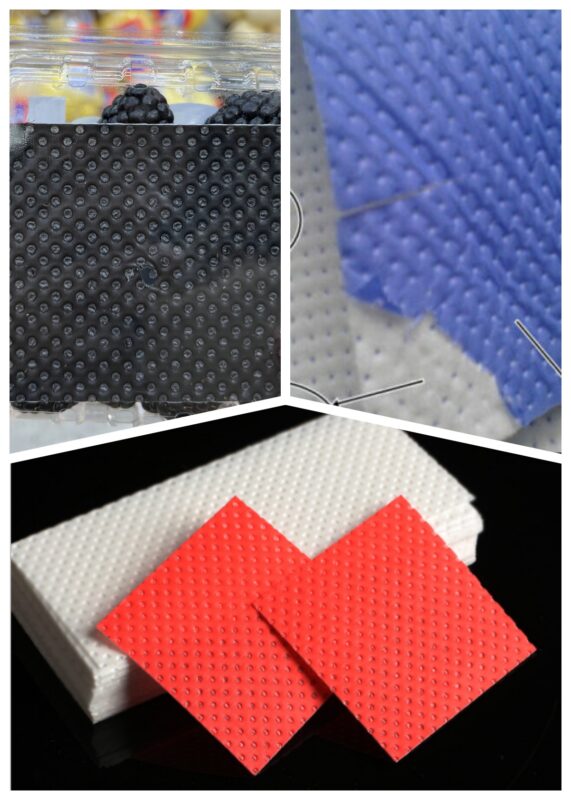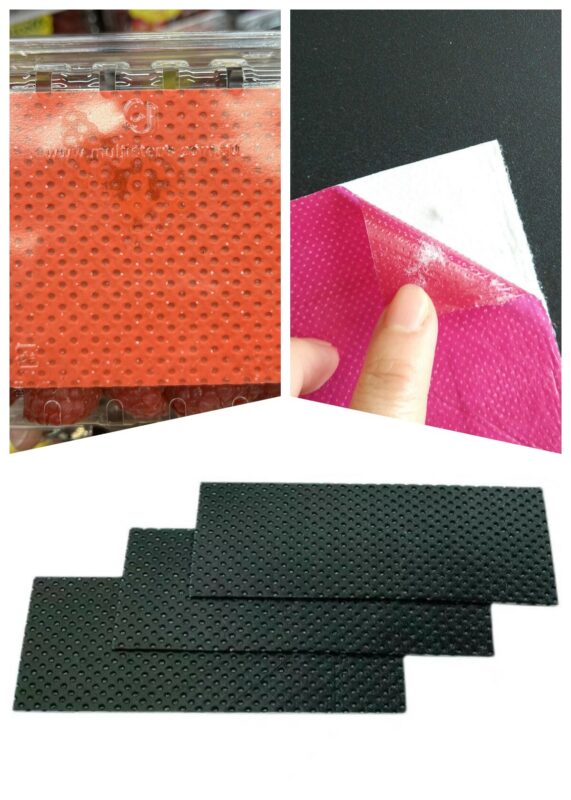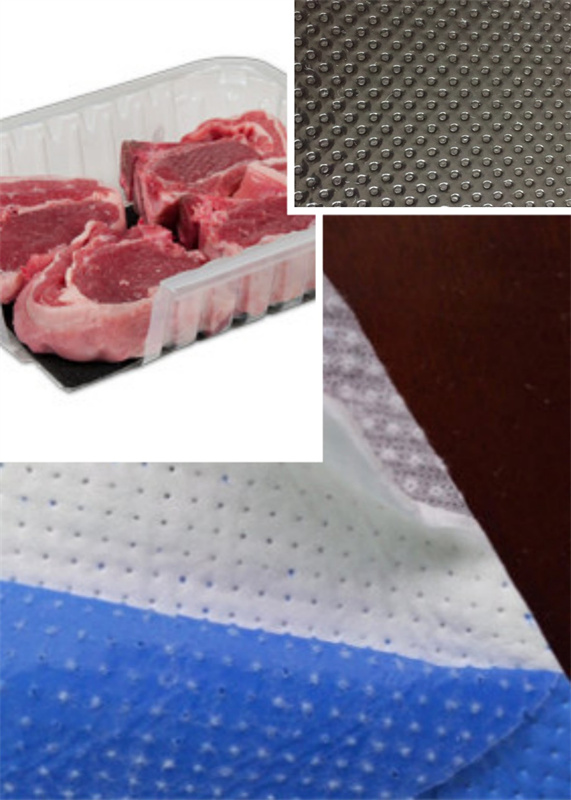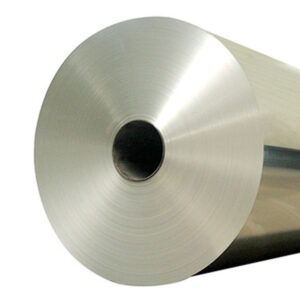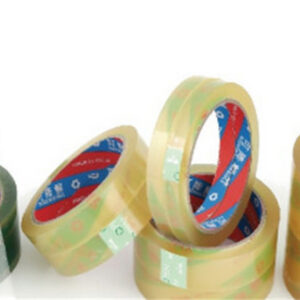Abstract of Disposable Fruit Pads:
The Disposable Fruit pads are cutting-edge products designed to preserve, protect, and enhance food quality. This article introduces the materials used in this innovative absorbent pad, which consists primarily of polyethylene and wood-pulp paper. The exceptional properties of polyethylene make it an essential component, while the addition of dust-free paper contributes to its multifunctionality and diverse applications. The article also examines the advantages, wide-ranging application areas, and profound impact on the food industry.
Introduction:
Food preservation has been a focal point in the food industry and among consumers for years. With advancements in modern logistics and transportation technology, the importance of effective preservation methods has grown significantly. Conventional preservation techniques often yield limited results. However, the emergence of the food freshness absorbent pad as a novel preservation material has garnered widespread attention. This pad boasts exceptional water absorption and air permeability, effectively extending food freshness and maintaining its superior quality.
Part 1: Properties of Polyethylene and Wood-pulp Paper
Polyethylene, a common plastic material derived from the polymerization of ethylene monomers, possesses numerous outstanding characteristics. These include high flexibility, chemical resistance, and excellent sealing performance. Moreover, polyethylene is considered food-grade and, after appropriate treatment, is deemed safe for food contact. In the food freshness absorbent pad, polyethylene forms the outer layer, effectively preventing water and gases from entering and thus safeguarding food from moisture while maintaining its freshness.
Wood-pulp paper, crafted with a unique manufacturing process to achieve a surface with minimal dust and impurities, serves as an ideal food packaging material. Its absorbency nature enhances the absorbent pad’s air permeability, enabling it to maintain optimal humidity and oxygen exchange for the food, ensuring both freshness and nutrition.
Part 2: Advantages of the Disposable Fruit pads
Extended Freshness:
The Disposable Fruit pads boast remarkable water absorption capabilities, efficiently soaking up released moisture from food and preventing water accumulation within the packaging. This extended shelf life is especially beneficial for perishable items such as vegetables and fruits, as it significantly retards their decay process.
Preservation of Food Quality:
The absorbent pad effectively stabilizes the humidity of food, preventing it from drying out or deteriorating due to moisture loss. Furthermore, its air permeability sustains the food’s freshness and preserves its delectable texture.
Contamination Prevention:
Assembled with food-grade polyethylene and dust-free paper, the food freshness absorbent pad is entirely free from harmful substances, ensuring food safety and effectively preventing cross-contamination.
Enhanced Packaging Appearance:
The absorbent pad skillfully absorbs excess water and liquid from the packaging, ensuring cleanliness and neatness, thereby enhancing the visual appeal of the food and intensifying consumer desirability.
Part 3: Application Areas of the Disposable Fruit Pads
The food freshness absorbent pad finds extensive application in various sectors of the food industry:
Vegetables and Fruits:
The primary application of the absorbent pad is with vegetables and fruits. Placing the absorbent pad at the bottom of packaging boxes or bags efficiently absorbs the moisture released by vegetables and fruits, preserving their freshness and nutritional value.
Seafood:
Maintaining a moist environment is vital for seafood. The food freshness absorbent pad helps retain the humidity of seafood, preventing dehydration and preserving its quality.
Meat:
During packaging, meat also releases moisture, leading to packaging contamination and reduced food quality. The absorbent pad addresses this concern, keeping the meat dry and fresh.
Ready-to-Eat Foods:
The absorbent pad is also utilized in the packaging of ready-to-eat foods, maintaining their humidity and quality and extending their shelf life.
Part 4: Impact and Future Development of the Disposable Fruit Pads
The food freshness absorbent pad, as an innovative preservation material, has profoundly impacted the food industry and continues to expand its application areas. Its impact and future development include:
Environmental Sustainability:
With its primary materials being polyethylene and dust-free paper, the food freshness absorbent pad is inherently eco-friendly, causing minimal environmental pollution during production and use. As sustainability demands grow, the future may witness the emergence of more biodegradable absorbent pads to better meet consumer and environmental needs.
Improved Food Transportation Efficiency:
The use of the food freshness absorbent pad reduces water loss during food transportation, resulting in decreased weight and volume, thereby enhancing transportation efficiency and lowering costs.
Innovative Packaging:
The absorbent pad introduces new creativity and options in food packaging. Its versatile combination with various packaging forms, such as boxes, bags, and trays, offers consumers a diversified product selection.
Reduced Food Waste:
By effectively extending food shelf life, the food freshness absorbent pad significantly reduces food waste. Given the current global food waste crisis, this is crucial in minimizing resource wastage and environmental burden.
Expanding International Markets:
The application of the food freshness absorbent pad opens new opportunities for food exports. For food items requiring long-distance transportation, the absorbent pad effectively preserves freshness and quality, facilitating entry into international markets.
Ensured Safety:
The materials used in the food freshness absorbent pad adhere strictly to food-grade standards, and its production process complies with relevant regulations and standards. This ensures that the pad does not contaminate food and has no adverse effects on human health.
Future Development Directions:
New Material Research:
As technology and materials engineering continue to advance, ongoing research may lead to the discovery of even more suitable materials for the food freshness absorbent pad. These materials could be more eco-friendly and biodegradable, offering superior options for food preservation.
Multi-functional Absorbent Pads:
Presently, the primary function of the food freshness absorbent pad is water absorption. In the future, further research and development could lead to the creation of absorbent pads with additional functionalities, such as releasing food preservatives or incorporating smart sensing capabilities.
Personalized Packaging:
As consumer demands become increasingly diverse, personalized food freshness absorbent pads may become a reality. Customized packaging for various foods enhances preservation and quality based on unique characteristics and needs.
Smart Applications:
With the advent of the Internet of Things (IoT), future food freshness absorbent pads could evolve into intelligent devices capable of real-time monitoring of food conditions. This smart technology would provide precise preservation control and warning functions, ensuring optimal food quality.
Conclusion of Disposable Fruit Pads:
The Disposable Fruit pads, driven by its innovative combination of polyethylene and dust-free paper, have proven to be a game-changer in food preservation. By effectively extending food freshness, maintaining quality, and reducing food waste, this product has made a significant positive impact on the food industry. Advancing technology and environmental awareness opens vast potential for absorbent pad applications, boosting food preservation and sustainability. The clever blend of polyethylene and wood-pulp paper revolutionizes food preservation, benefiting the industry and consumers.


